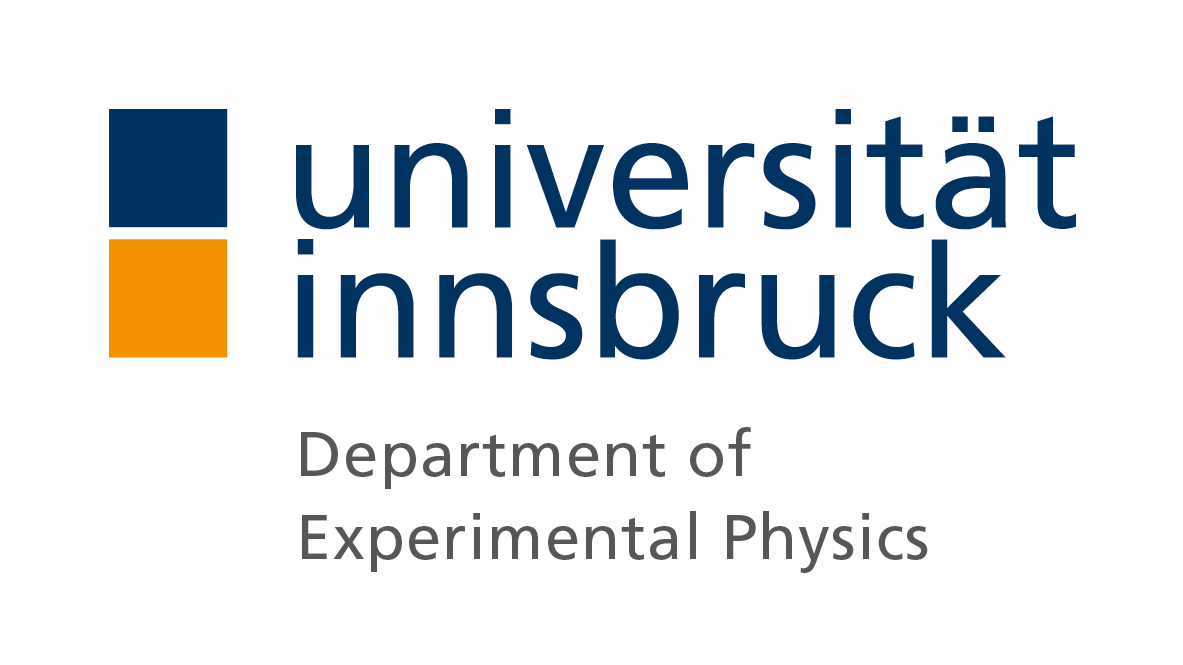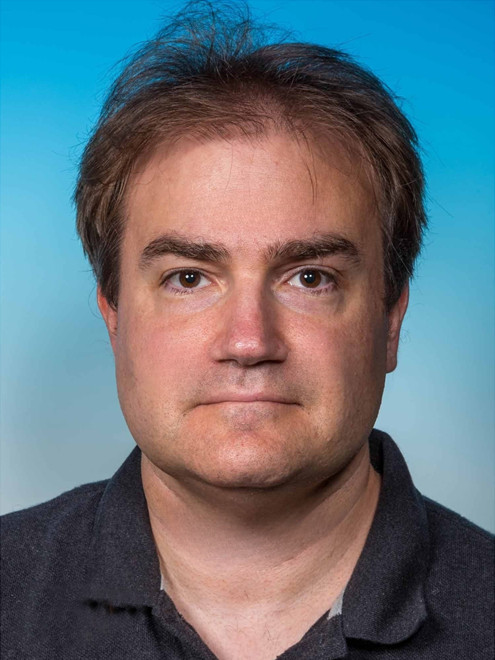
- Details
Welcome, Eric! Eric received his M.Sc. in Electrical Engineering from the University of Calgary in Canada, studying segmentation/classification algorithms for Polarimetric Interferometric Synthetic Aperture Radar (PolInSAR). He received his Ph.D. in Electrical Engineering from the University of Toronto, with his doctoral thesis focusing on the development of a framework for optimal control of quantum noiseless subsystems. Eric has joined the CryoTrap team in Innsbruck looking to study control/optimization problems in ion shuttling for 2D arrays of ion traps.
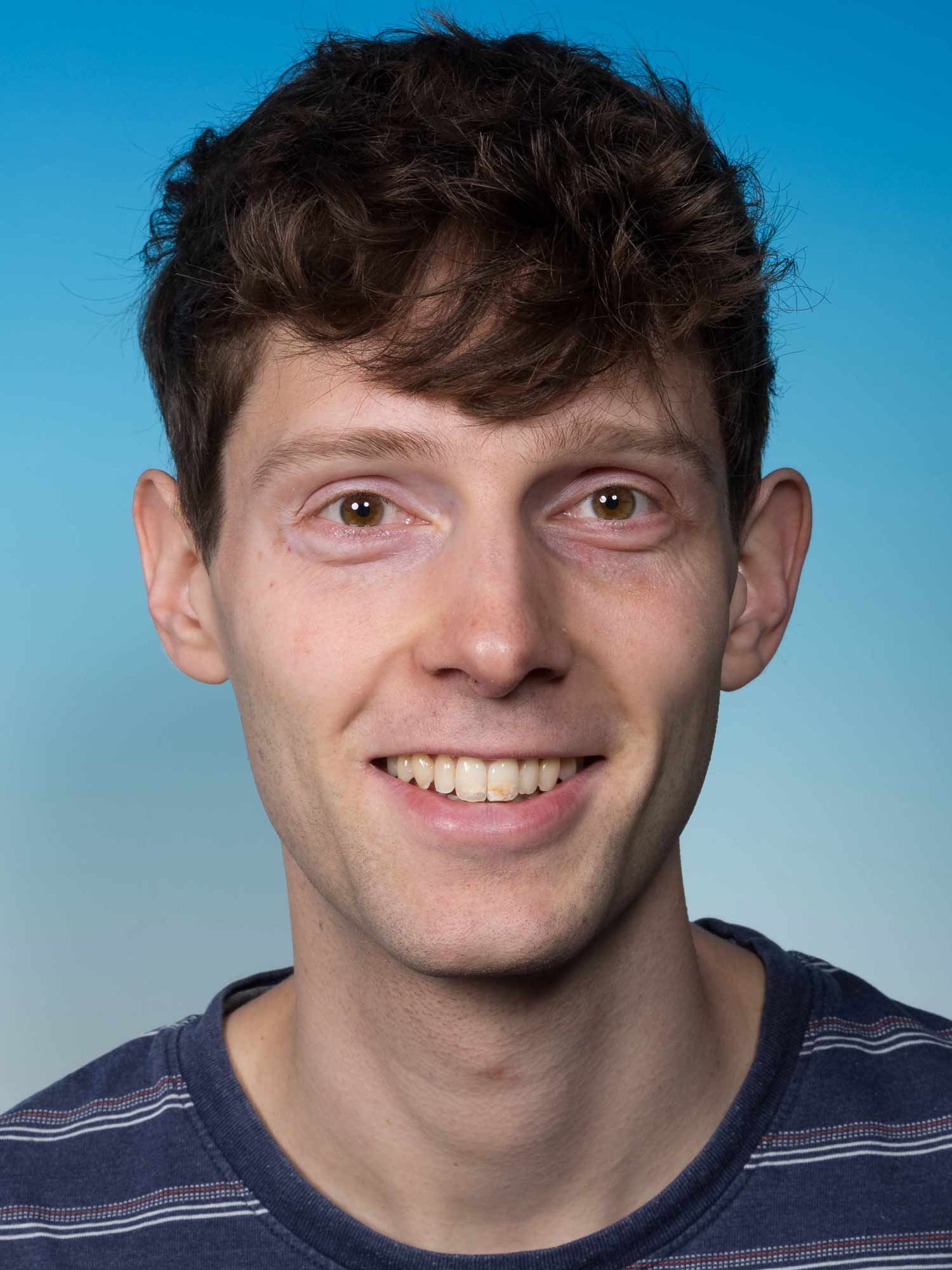
- Details
Welcome, Marcel! Marcel earned his master’s degree from RWTH Aachen University, where he conducted his thesis project on quantum computing with quantum dot spin qubits in GaAs/AlGaAs. He then pursued a PhD at QuTech, Technical University of Delft. There he focused on spin qubits in Si/SiGe and Ge/SiGe. Specifically, Marcel investigated the electrical control of uniformity in quantum dot devices and two-dimensional quantum dot arrays. This September, he joined the Quantum Information Processing team as a postdoctoral researcher where he will work on the AQTION experiment.
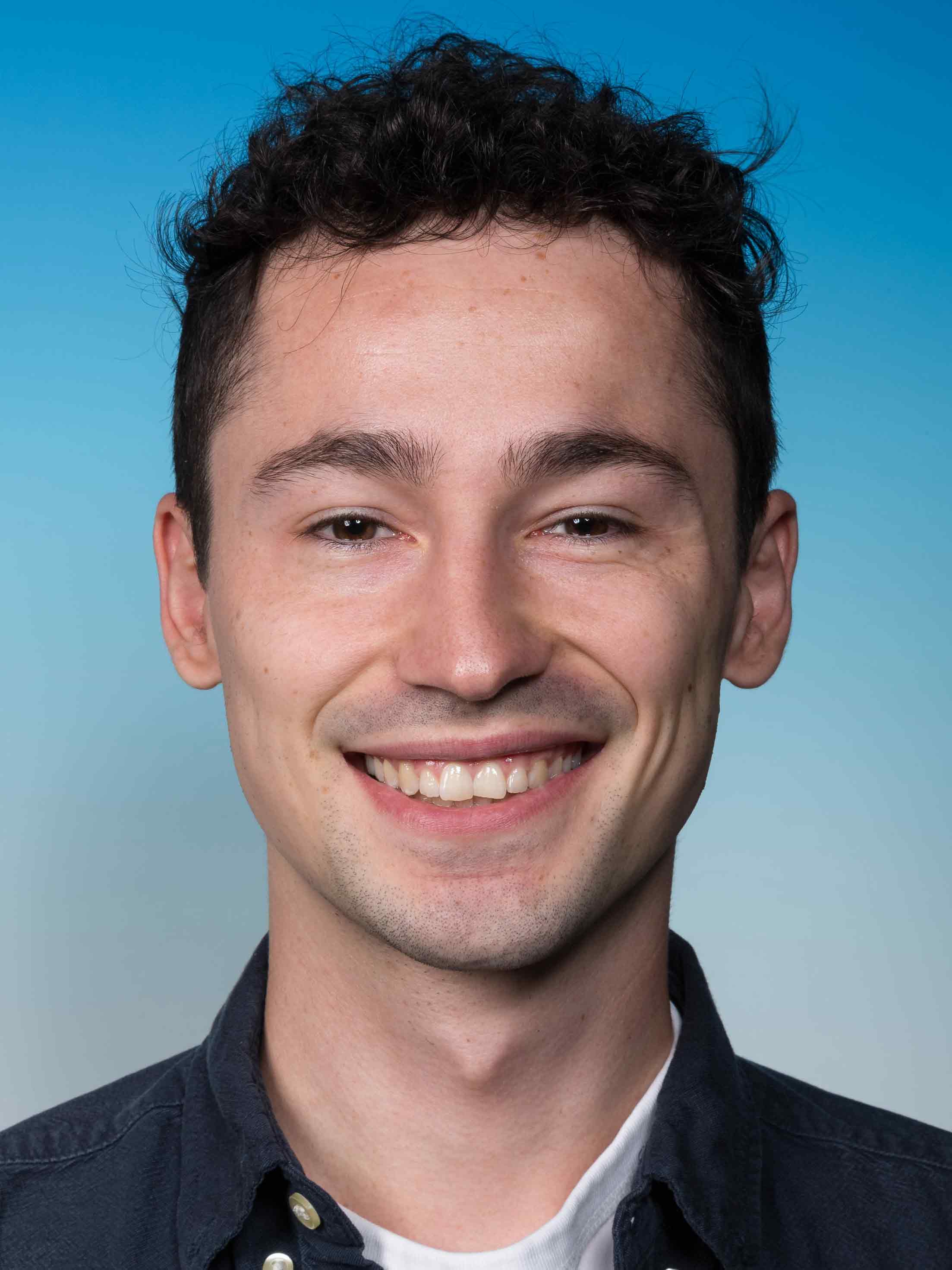
- Details
Welcome Tim! Tim received his bachelor and master degrees at the TU Darmstadt in Germany. He wrote his bachelor’s thesis about solving QUBOs with a D-Wave superconducting quantum annealer in the group of Gernot Alber. He did his Masters with Gerhard Birkl where he focused on the scaling of optical tweezer arrays for neutral Rb-85 atoms beyond the milestone of 10000 dipole traps. He has now turned to ions and joined the QUDITS team to investigate the benefits of a richer Hilbert space for quantum computing.
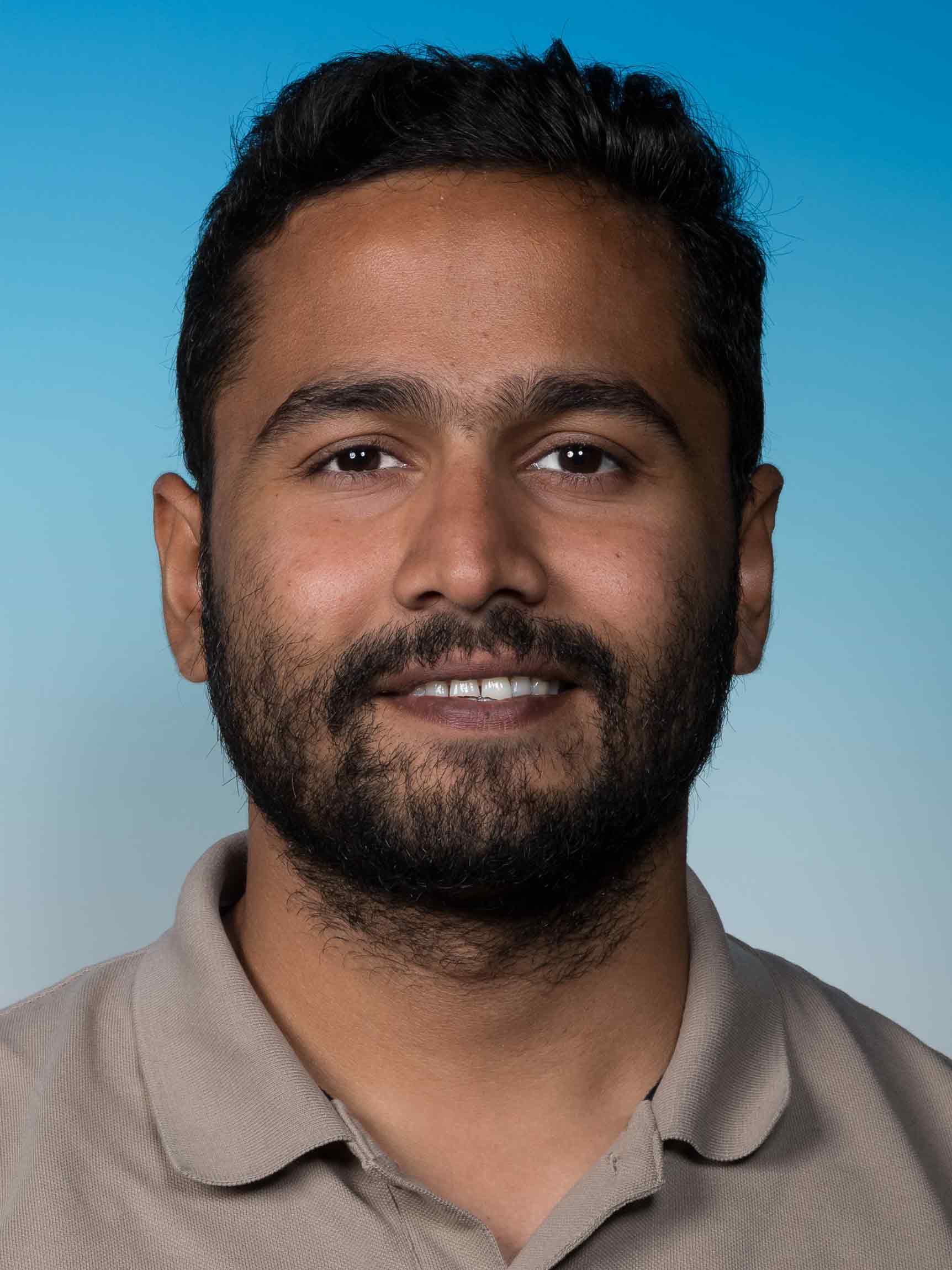
- Details
Welcome Keshav! Keshav did his masters from Weizmann Institute of Science in Condensed matter theory and then after a short stint in trapped ion group at Weizmann he joined the Qudits team for his PhD.
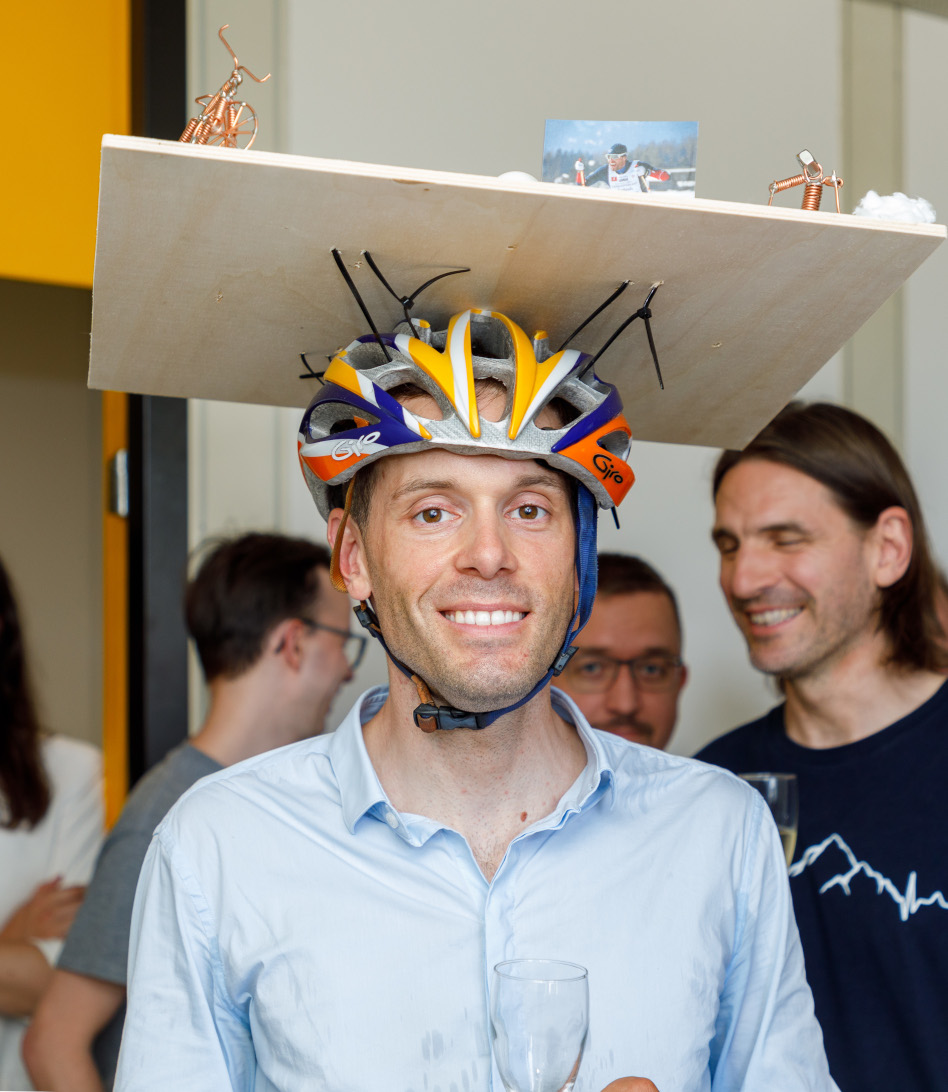
- Details
Congratulations, Roman!
Thesis Titled: Characterization, verification & protection of large-scale quantum systems
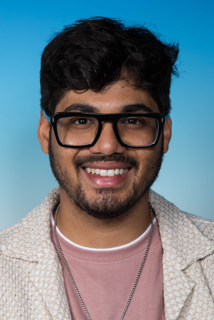
- Details
Welcome Yash! Yash completed his Bachelors and Masters from IISER Tirupati, India. For his Masters’ thesis, he worked on optical lattices for ultracold atoms at the Australian National University. Yash is doing an internship in the Distributed Quantum System's group, and will be helping to design a new ion-trap quantum network node.
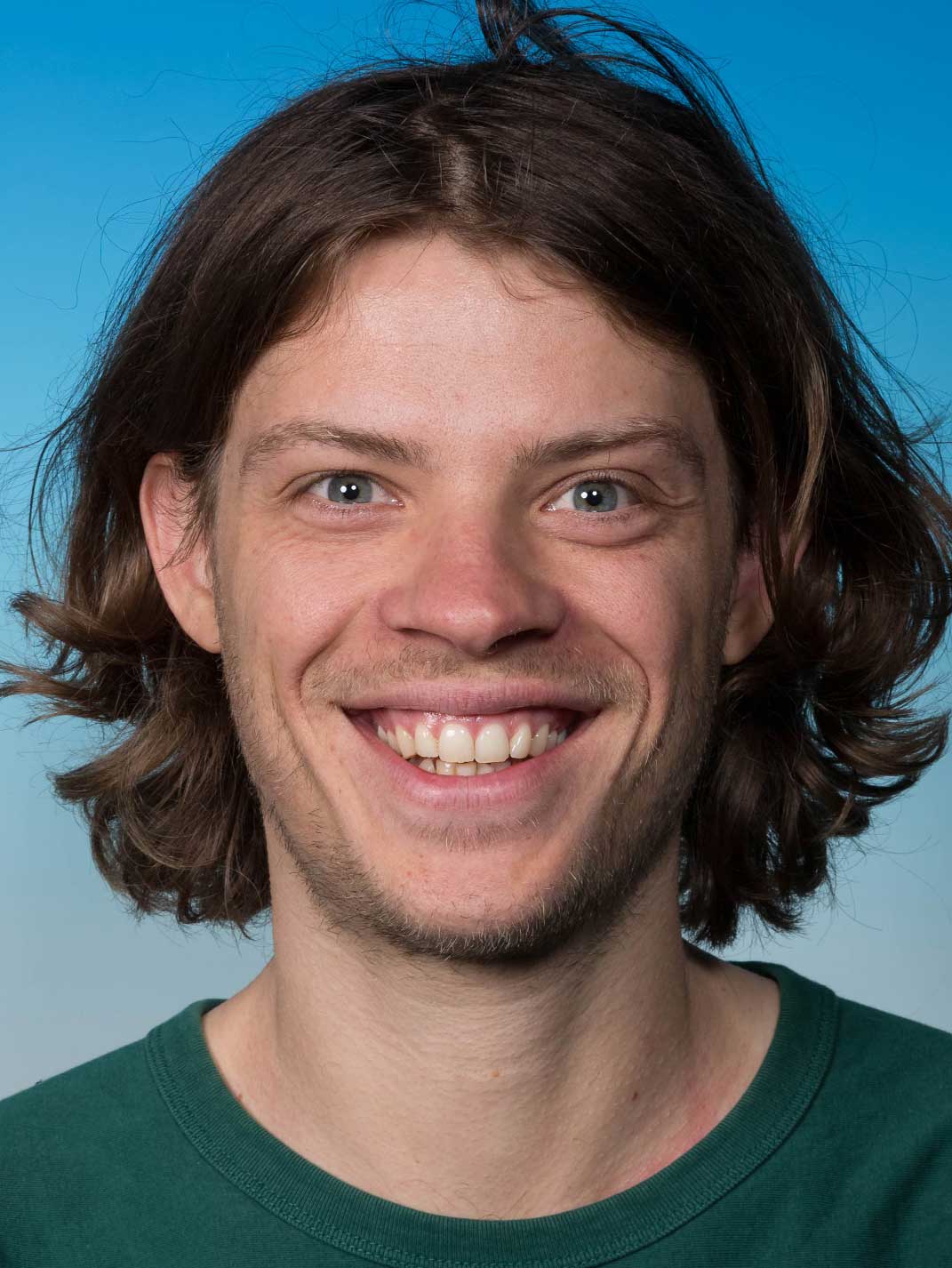
- Details
Welcome Felix! Felix has joined the Distributed Quantum Systems Team for his PhD. Felix will work on combining quantum logic with photon-interfacing in trapped-ion quantum network nodes
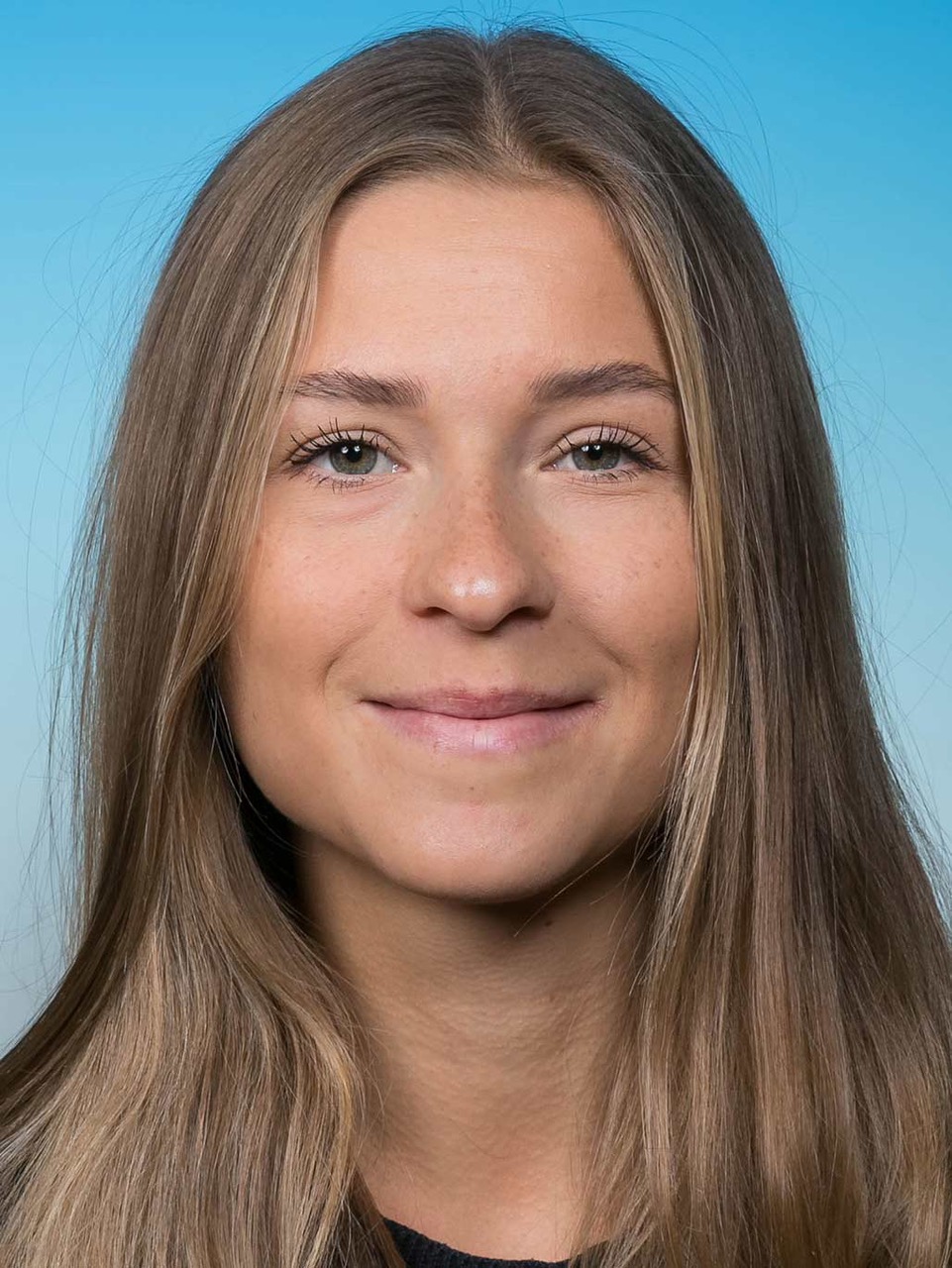
- Details
Congratulations, Tabea!
Thesis Titled: Implementation of a Controlled-NOT Gate with Quantum Memory Application for Trapped Ions
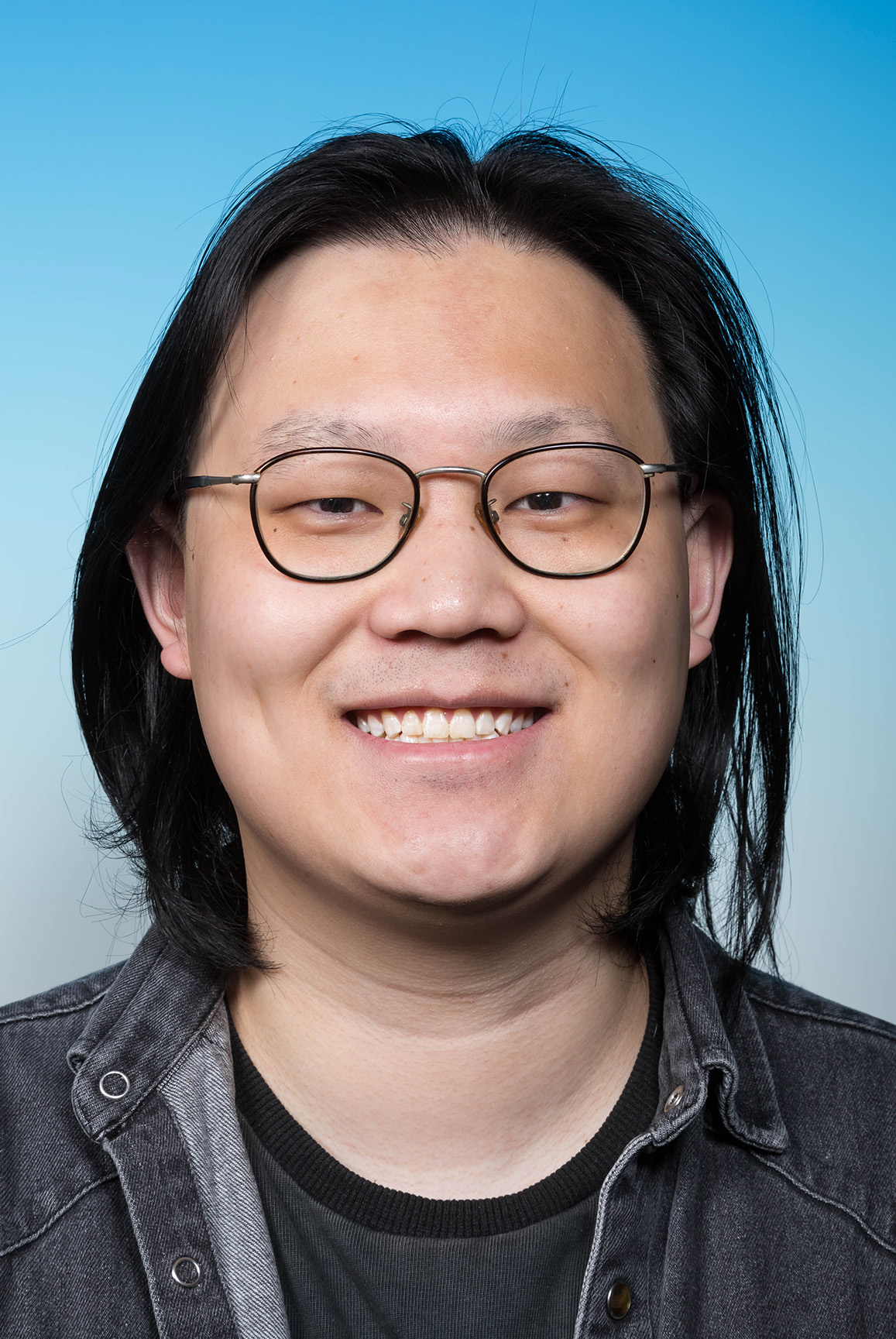
- Details
Welcome Bruce! Bruce has joined the Hyperion Team for his Master’s project, where he will work on ground state control of Barium ions with RF and microwaves.
